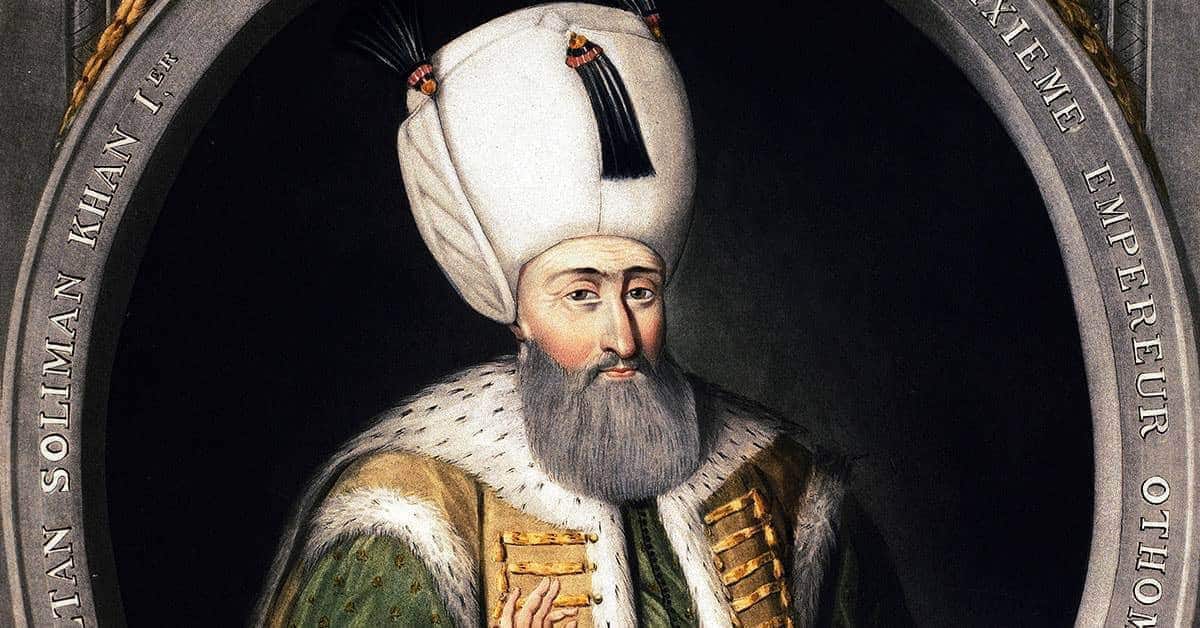
Success #3 – Architectural & Cultural Achievements
Suleiman was very much a patron of the arts, and he was a keen poet. He apparently wrote his poetry under the name ‘Muhabbi’ (which means beloved and affectionate friend). The themes included the loneliness of being Sultan, his love of beautiful things and his affection for Roxelana. The Sultan wrote in Turkish and Persian, and when his youngest son Mehmet died in 1543, Suleiman penned a moving chronogram in tribute.
Several anthropology experts state that the reign of Suleiman was a cultural Golden Age because there were improvements in every field of the Arts; notable improvement came in the areas of calligraphy, textiles, ceramics, and manuscript painting. The Sultan ensured that hundreds of artistic societies came to Topkapi Palace in the Empire’s capital and they were known as the Community of the Craftsmen. As early as 1526, there were 40 societies with over 600 members, and this number only grew throughout his reign. The Community of the Craftsmen’s reputation was known throughout the Islamic world and the conquered territories of Europe.
Suleiman was actually trained as a goldsmith, so he personally oversaw the work of the men working in Topkapi. He commissioned the creation of major mosques in Edirne, and the Great Mosque in Mecca. His goal was to transform the Empire’s capital into the center of Islamic civilization by commissioning a host of projects including the creation of bridges, palaces, a variety of cultural establishments and the aforementioned mosques.
His chief architect, Mimar Sinan, was responsible for up to 300 buildings created during Suleiman’s reign. The Suleymaniye and Selimiye mosques are his masterpieces. Suleiman also requested the restoration of the Jerusalem City walls and the city’s Dome of the Rock. Other notable architectural achievements include the construction of a complex in Damascus and the renovation of the Kaaba in Mecca.

